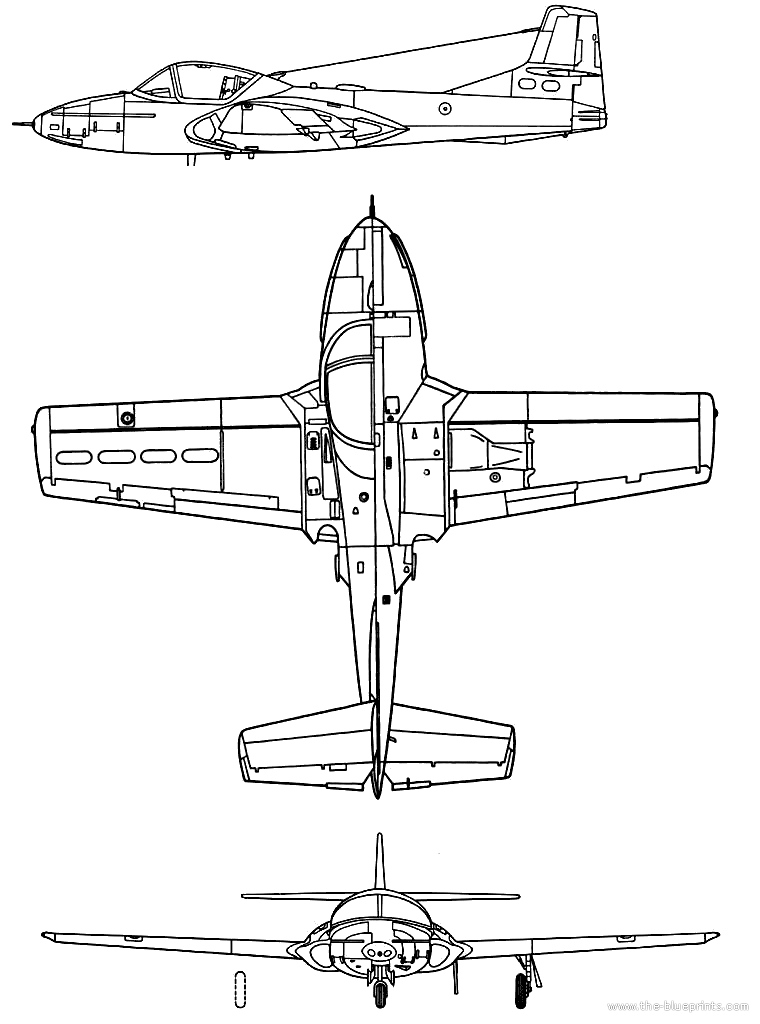picking up speed: T-37 phase
The Air Force forgot to give the T-37 an official name, so those of us who flew it gave it one. It had two centrifugal flow jet engines that made a high pitched scream which played hell on one's ears. Someone facetiously called it the Tweety Bird, and so to us it became the "Tweet," a moniker that has migrated into historical descriptions of Cessna's first military jet.

But before they let us touch a T-37 we had to be taught a few things. One was what a low oxygen environment does to you. They put us in a big steel chamber and sucked a lot of air out of it to simulate a high altitude. Then we had to take off our masks. It was a breath-taking experience.

This appears to be John Martin demonstrating hyperventilation.
We practiced "PLFs," Parachute Landing Falls. We snickered at the irony; the falling was easy, it was the parachute landing impact that was hard to learn. We were a sore bunch the next morning. This is Chip Little enjoying a PLF.
Check out the trees in the background over Chip's right shoulder. This was a windy place to learn to fly. Maybe it made us better.


Then they bused us out to a windy knol northwest of Enid and we made PLFs for real. But not from a plane. The towed us up behind a pickup truck and flashed us a signal, which was our cue to disconnect the rope. The fall was about 100 feet. A couple of guys went to the clinic for sprains.

Chip's PLF practice paid off. No trip to the infirmary.


We get issued these cool backpacks. Where's the trailhead?

In the modern Air Force these airmen's haircuts would not pass muster. But they were important guys. They were para-rescuemen. If we had to do our "Handles Pull, Triggers Squeeze" procedure, followed by our much practiced PLF they would magically appear below a flurry of rotors on the end of a cable to fetch us back home. (That was the ideal out-come.)

Here was our next cockpit. It totally bewildered us and we studied like madmen day and night to get familiar with it. The student (shortened to "stud" by the instructors) sat on the left; the IP (Instructor Pilot) on the right.

Those queasy minutes aboard the flight line bus headed out to your plane.

The time has come. You're going to fly a jet. (well, kind of a jet, anyway.) An absurd thought passes quickly. You wonder what your college buddies are doing today.

The bass ackwards award, usually awarded at morning "stand-up" for some indiscretion committed the previous day.

But first, the paperwork. Woody Swain gets an introduction to a book that will become dear to his heart: AFTO 781, which told you everything you needed to know about your plane's current and past health.

We rode the Tweets day after day through one of Enid's hottest summers on record.

The T-37 expanded pattern went over much of Enid. If those trusting souls down there knew what greenhorns we were hurdling over their heads with three tons of metal and fuel they would have rioted.

Our view of Vance from the T-37 side looking southwest. T-37s flew visual patterns to the near runway (the short one). The T-38 pattern was on the opposite side of the base (west) and used the far runway. The middle was used occasionally by both and by instrument approaches. This is an internet search photo but represents the base as we knew it. Today Vance has expanded into the brown plowed area to the right. The front gate is about the middle of that field.

Cleared to land runway 17L. The "north long" taxi-way extends in the foreground.

Kegleman Air Force Auxiliary Airfield near the appropriately named town of Jett, Oklahoma. It's call sign was "Dog Face." We used our Tweets as hammers and pounded Dog Face's runway into humble submission.

T-37 solo initial day for somebody.


Jack Skinner, Aart Gosma and Mike Moe administering the honors to a new solo.

Charlie Lyons chuckles as a classmate water-boards Al Cockrell

Chip Little and Butch Leroy administer water torture to a new soloee.

Vance parked a T-37 and a T-38 in front of the tower on graduation days and base visitors were free to roam out and touch them. No questions asked.

Not long after we left all T-37s were painted like this. "VN" on the tail is the USAF's fin flash letters for aircraft based at Vance.
